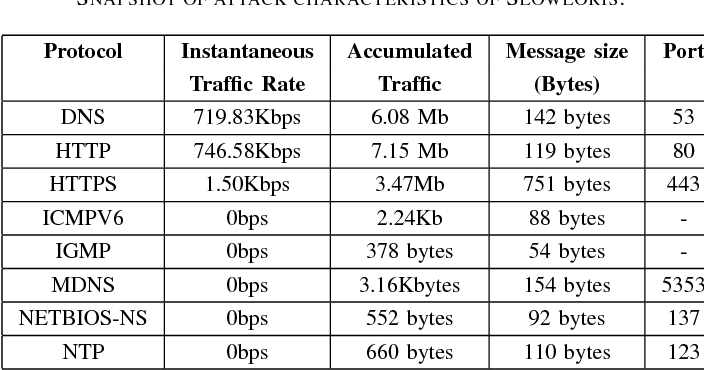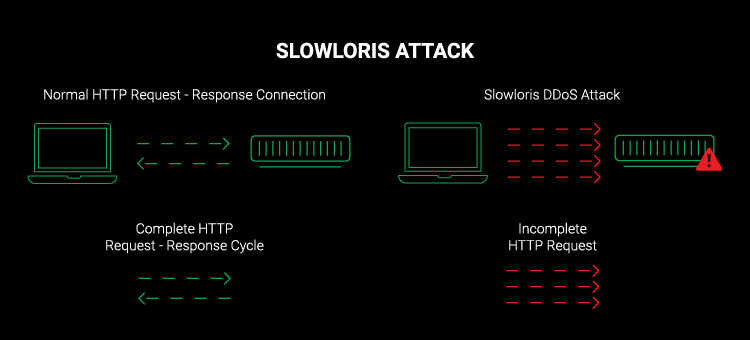

The second difficulty was to understand that the nodes' servers were not affected. It was impossible to access any website outside, impossible to use a DNS. The main challenge was hardware, trying the attack on a remote server.

(env) ➜ slow attack git:(master) ✗ python src/main.py -a 127.0.0.1ġ9:30:54 - No Webserver detected, please verify your target address Difficulties When you try to launch another Slowloris on the same server when there is already a Slowloris running, it won't succeed because the number of open connections is already maxed out.

There is also a 15-second latency proof that denial of service works.Īfter 10 minutes, the program is stopped so that you can see an average latency of 14.7 seconds. We now try to keep them open as long as possible.Īfter 15 seconds, we try to create new connections to reach 1000 open connections.Īfter 5 minutes, you can see that we have 408 open sockets. We notice here that we managed to initialize only 279 sockets out of 1000 planned. It is therefore noticeable that the latency time is relatively low. In the second step, the initial latency is displayed: server running with Apache, best configuration for this attack The program ran with the following command:Īt first, the console shows us that we are on an Apache server, which is perfect for our attack. The results below were performed on an Apache server with the initial configuration. The request makes a get on the host entered by the user and retrieves the time between sending and answering the request. The commands to be executed to have an execution environment are the following:
SLOWLORIS ATTACK TOOL INSTALL
It is necessary to install some dependencies. If none of these solutions are available, it is always possible to place your web server behind an Nginx or lighthttpd. There are other methods to protect yourself, such as installing a:

There are modules for Apache that reduce the chance of a Slowloris attack such as: The servers mostly affected by the Slowloris attack are: Affected servers will see their maximum number of connections reached and may refuse new user connections. As soon as Slowloris has opened a connection, it will keep it open by sending incomplete requests that it will slowly complete as it goes along but will never finish them. It tries to keep as many connections open with the target web server as possible and tries to keep them open as long as possible.
SLOWLORIS ATTACK TOOL PATCH
Frank Breedijk wrote in to say that he tested Slowloris with Cisco CSS load balancers which appear to be immune.įinally, an unofficial patch has been released at - I haven't tested it but the patch is supposed to dynamically change the TimeOut value depending on the load (which depends on the number of Apache processes that are currently processing HTTP requests).The Slowloris attack allows a user to DDOS a server using only one machine. Adrian posted some interesting stuff too about Apache DoS attacks at. First of all, Adrian Ilarion Ciobanu posted several diary comments pointing to his written two years ago describing similar attack to Slowloris. Regarding Slowloris, we received a lot of information from our readers about various scenarios when Slowloris does and does not work. However, over the weekend some forums and web sites asking people to run DDoS attacks "expanded" their selection of tools by including Slowloris – nothing we didn't really expect to see. Both of these attacks were relatively simple and used existing, old tools for performing DoS attacks. Last week I posted a diary about two groups launching DDoS attacks on Iranian web sites ( ). There has been a lot of chat about the tool on the web, so it was just a matter of time when we would see it using in real DoS attacks. In last couple of days we posted two diaries ( and ) with information about Slowloris, a tool that was released last week that performs a resource exhaustion DoS attack on Apache web servers.


 0 kommentar(er)
0 kommentar(er)
